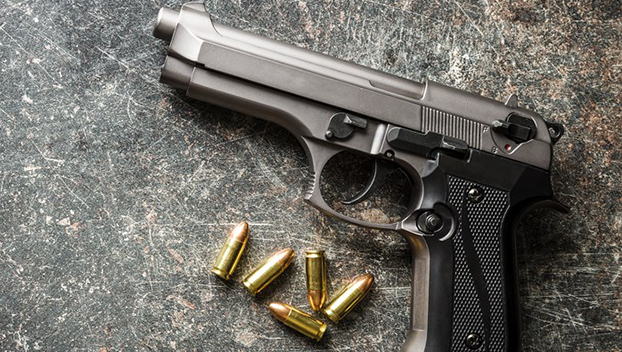Mississippi school district seeks ways to get to root cause, mitigate gun violence
Published 12:45 pm Saturday, December 25, 2021
Community leaders in north Mississippi are discussing how gun violence affects children, as victims and participants.
The Commercial Dispatch reported the Columbus Municipal School District hosted a meeting to explore problems and possible solutions. At the beginning, a bell chimed 71 times — once for each student in the district who has experienced gun violence the past five years as a victim or shooter.
“The impact of gun violence, especially with youth, traumatizes our children,” Superintendent Cherie Labat said. “It makes our school district a triage for the wounded. … Until the most vulnerable children in this community are our top priority, change cannot happen.”
Labat mentioned Jadah Brewer, an 8-year-old Columbus student who was shot to death at home in June.
“I promised myself when Jada died that her death and the deaths of every child lost would not be in vain,” Labat said. “The fury in my heart is for the students and the educators who have been impacted by gun violence.”
Jadah was a smart, precocious 8-year old, “just a beautiful young lady,” her Gifted and Talented teacher Heather Rowland recalled.
Jadah was in a summer school program, working on a history project with classmates. Rowland said that one day, Jadah gave her a hug in the morning and another hug to say goodbye in the afternoon.
That night, Rowland learned Jadah had been killed. The next day, the teacher had to tell other children their classmate had died.
“It’s very hard to explain to them because there is no explanation, really,” said Rowland, who has taught in the Columbus Municipal School District for 14 years.
Rowland said some of her former students “have been in the paper because they are the ones who fired the gun. My heart breaks for them, too, because I knew them when they were in the first grade.”
District Attorney Scott Colom said he finds it troubling that people sometimes refuse to give information to police after shootings.
“We’ve had situations (where) people have been shot, in the hospital, 16 years old, ‘F the police. I ain’t saying nothing. I don’t know who shot me.’ Well, obviously you know who shot you,” Colom said.
Colom said the community needs to have “tough conversations” about youth access to guns. As an example, he talked about being suspended three days after getting in a fight in middle school.
“The difference now is that people involved in that fight tend to have guns or knives,” Colom said. “When you are young, you have a gun and your brain is not fully developed and you have not developed the (relationship with) your parents that maybe you should have, your self-control is lower than it should be, and you therefore are more likely to make bad decisions. And you have a gun, so it makes that bad decision worse than you could ever imagine.”
The Columbus school district requires students to enter the building through metal detectors at least three times a week, or more often after a violent event has occurred in the community, Labat said. She said metal detectors have found no firearms, but they have found knives and “gun paraphernalia.”
The district’s violence prevention program includes parent meetings and crisis response training for bus drivers, as well as exposing children to workforce development training that would give them opportunities to join the middle class as adults.
Labat said the district is evaluating options for hiring more social workers and school resource officers, as well as “recalibrating” officers’ pay to assure full staffing.
The school district also is working with the district attorney’s office on a restorative justice program. To explain how it works, Colom again turned to his own middle school fight experience.
“After we got suspended, there was no communication from the school. … Nobody ever asked us why we fought,” he said. “That’s what restorative justice does. It tries to get to the root cause of the problem before it escalates into something worse.”






